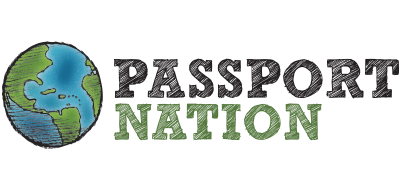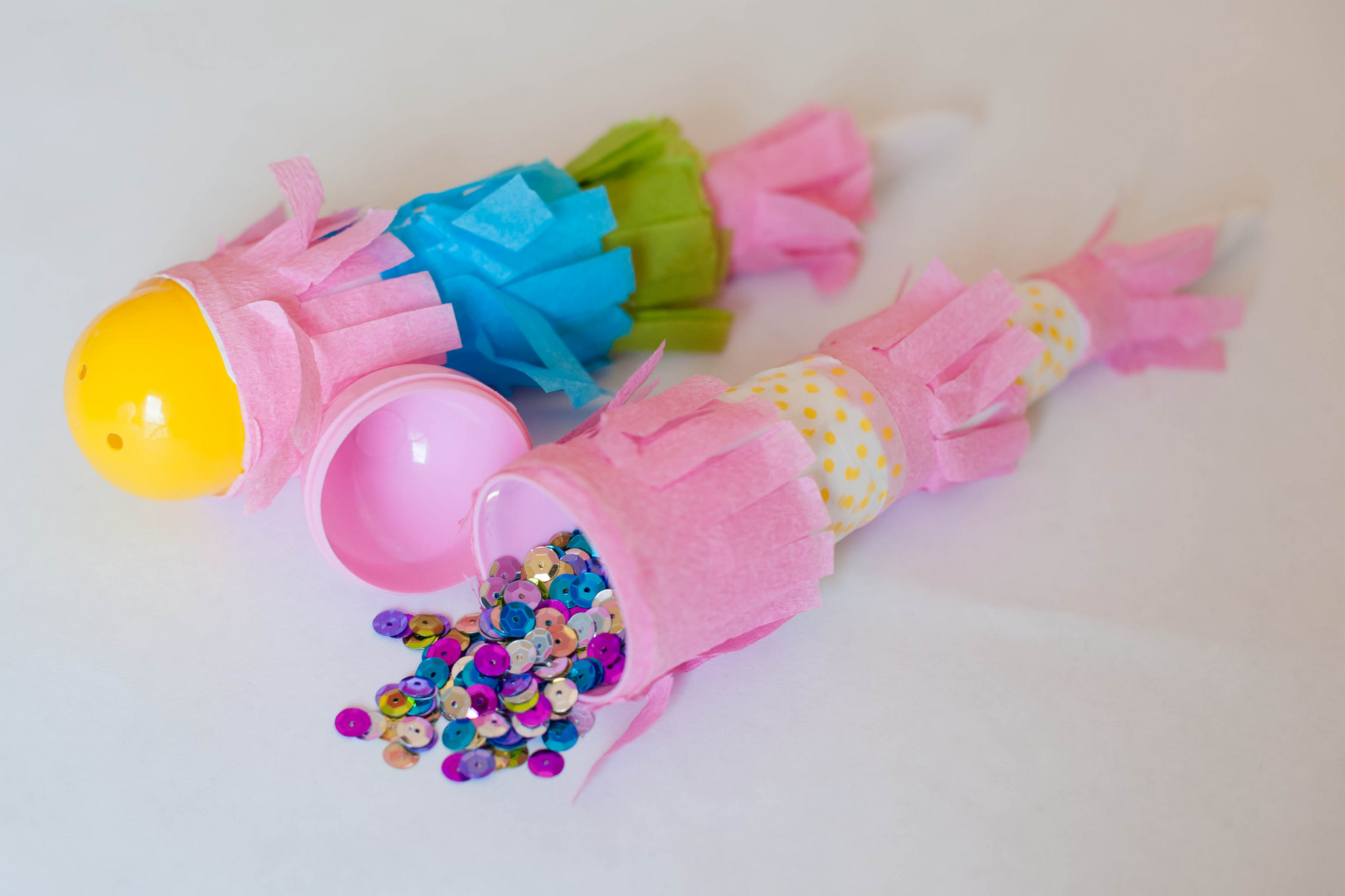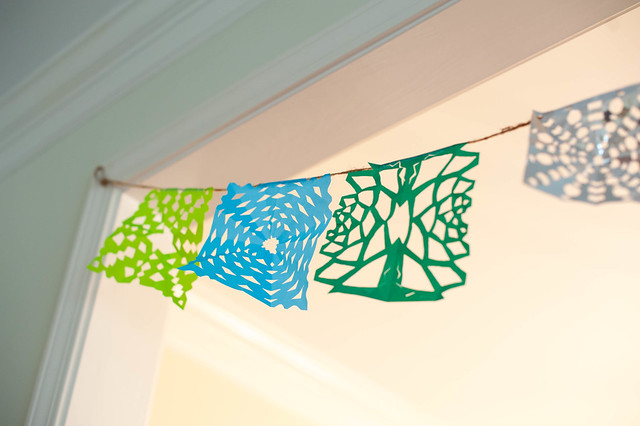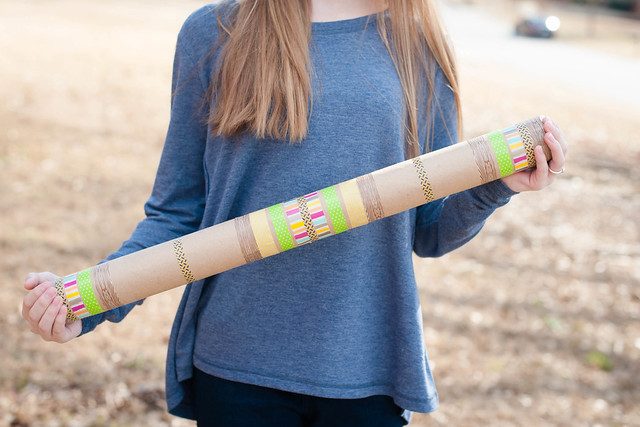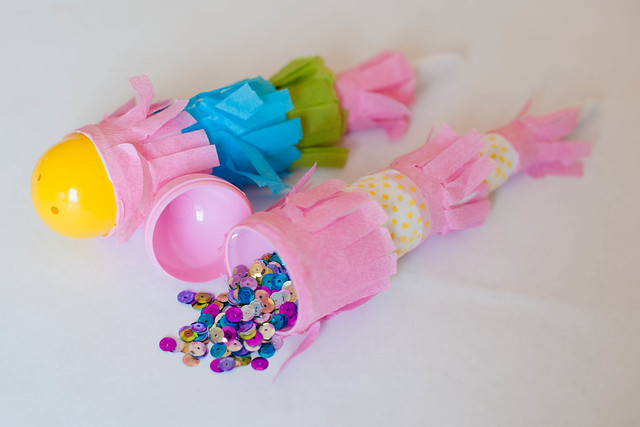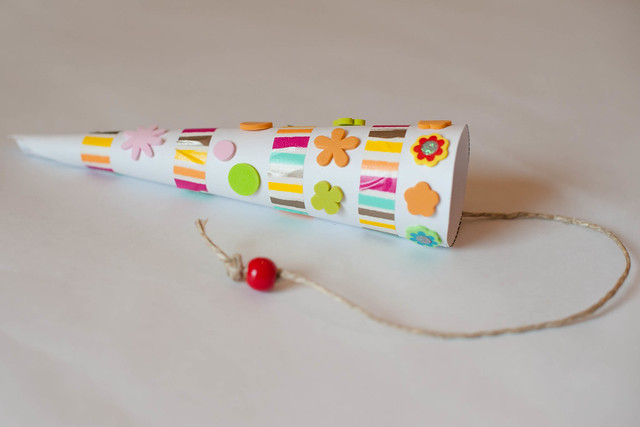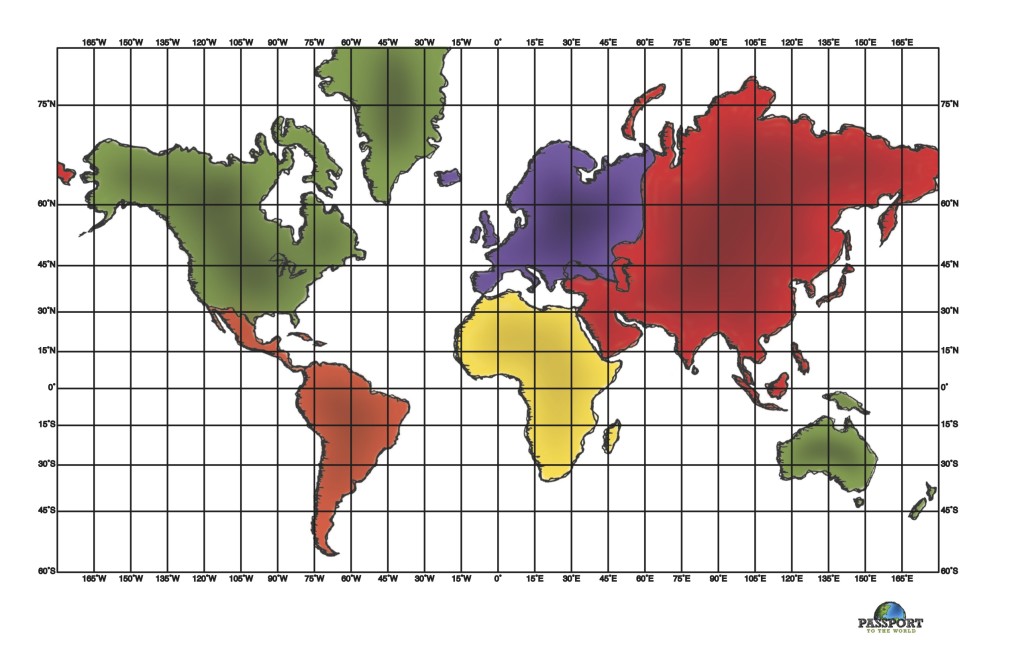People love to celebrate… And how we celebrate becomes part of our culture. For example, when a child celebrates a birthday in North America, we usually serve cake and ice cream, sing the Happy Birthday song, and bring gifts for the birthday boy or girl. At Christmastime, most people put up and decorate a Christmas tree, display a nativity scene, and purchase and exchange gifts. Easter has its own traditions that may include decorating eggs, Easter egg hunts, and church Easter services.
Children in South America like to celebrate and enjoy their own traditions, as well. The following are a few examples of Latin American toys, traditions and celebrations.
Papel Picado
Papel Picado literally means pierced or perforated paper. Papel Picado, a paper craft where decorative designs are cut into folded paper, has long been a staple of Latin American fiestas. It is a “must-have” party decor because of it’s relative ease to make, low cost, and high visual impact. Colors of paper can be adjusted to reflect the holiday being celebrated: red and green paper at Christmas, pastel paper at Easter, bright colorful paper for birthday celebrations, white paper for weddings, etc. Papel Picado can be hand made by folding paper and cutting designs with scissors. This paper craft can also be mass produced by first drawing a design on tissue paper which is stacked in sets of 20-50 sheets, covered with plastic to preserve the design, and then cut with tools to create an intricate design.
Try this step-by-step tutorial if you would like to try your hand at piercing some paper!…..
You can make this out of origami paper, colored paper, or tissue paper if you want a larger, more dramatic paper banner.
Piñata:
Piñatas are a fun activity for parties, but they also have a rich history. Piñatas are thought to have originated in China where the use of paper was first invented. They were traditionally made through a process called paper-mâché where a paper was dipped in a starchy paste and applied to the form. Piñatas are filled with candy, small toys, or both. Blind-folded children then attempt to hit the piñata with a wooden stick. As the candy and toys are released, children scramble to gather the treats!
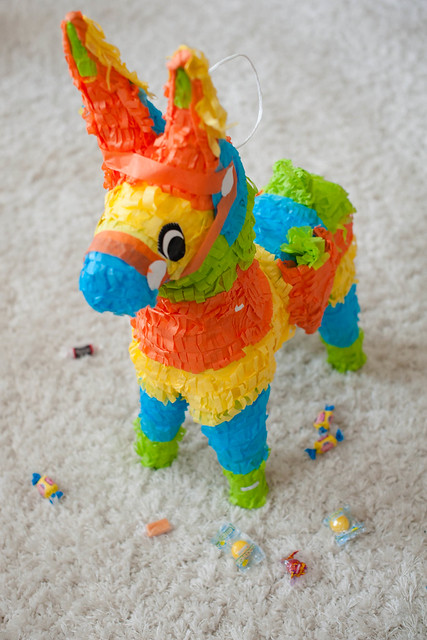
Examples of other piñatas are found here.
Music
No birthday celebration is complete without the singing of a birthday song. Of course, there is the traditional “Happy Birthday to You” song sung in Spanish, but there is also a song called, Las Mañanitas, that is often sung for birthdays in Mexico and other Latin American countries. It is often sung in the morning to wake up the birthday girl or boy since the title literally means “the mornings” with an inference to the precious day in which he or she was born!
Mar y Tierra game:
Games like Rock, Paper, Scissors, Red Rover / Red Rover, and Ring Around the Rosies have been around for decades…. some even centuries. Latin American cultures have similar versions of these types of classic games. Mar y Tierra is one example. The name literally means Sea and Land. The words can be changed to include any category or occasion, such as a bunny at Easter can be in the “jardin” (garden) or “campo” (field), etc.
The game is played by designating one side of a line (real or imaginary) as the sea and the other side of the line as the land. The object of the game is for students to jump to the side of the line that is called: “mar” or “tierra”. However, the caller can also attempt to confuse the students by calling “mar” but jumping to the “tierra” side of the line. Students are eliminated as the jump to the incorrect side of the line. The last student still in the game wins!
Rain Stick:
The rain stick gained a place in the Latin American toy genre because of the unique material out of which it was originally made —— cactus plants from the Atacama Desert in Northern Chile.
Rain sticks were made from long, hollow cactus tubes that were dried in the sun. The cactus thorns were then removed and hammered back into the cactus like nails. Small pebbles or corn were placed inside and the ends were sealed. A sound like falling rain was made as the rain stick was turned upside down. The rainstick was used in rain ceremonies where it was believed to help summon rain.
Follow this link for a tutorial on making your own rain stick.
Cascarones
Cascarones are used in Latin American countries are similar to the idea of Easter eggs in America. They are a fun activity used in celebrations. The word “cascarones” literally means shell. This toy is thus named because the main aspect of the toy includes a real egg shell. However, unlike Easter eggs that contain a hardboiled egg inside, cascarones are eggs that have been hollowed out and emptied of their contents. After drying overnight, they are usually dyed. Once the dye is dry, the eggs are filled with confetti, and sealed with glue and tissue paper. At the height of the celebration, the cascarones are used to hit someone over the head… spilling out the confetti!
We used plastic eggs for our cascarones for a more low maintenance project, but the tops need to be attached loosely so that the egg will crack easily… sparing the recipient from pain! Simply fill a plastic egg with confetti or sequins and close the eggs. If desired, create an egg “holder” by using a piece of cardstock to create a “cone”. Glue the bottom half of the egg inside the cone. And then simply decorate the cone as desired. That’s it!
Celebrate and enjoy this Latin America spin on the Easter egg tradition!
Balero
A “balero” is a cup and ball toy. One end of a string is attached to a rod while the other end of the string is attached to the ball with a hole matching the size of the rod. The object of the game is to land the hole end of the ball on the rod. This is accomplished by swinging the ball upward and then giving a slight flick of the wrist to cause the ball to rotate and face the rod so it can be caught. Apparently, various laws of physics are involved in this game. All that aside, it’s also fun and entertaining!
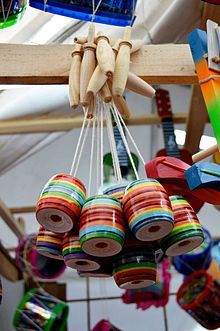
source: Wikipedia
Kids can make their own using this tutorial.
So find an occasion and celebrate it! Adapt these ideas and throw a fun-filled… and educational… fiesta!
